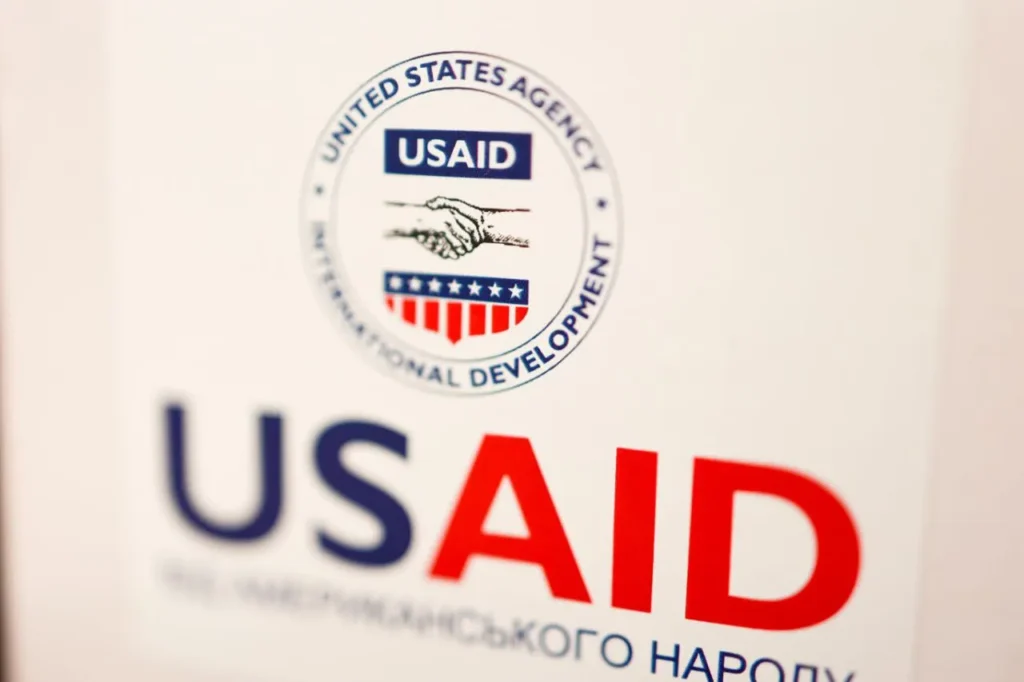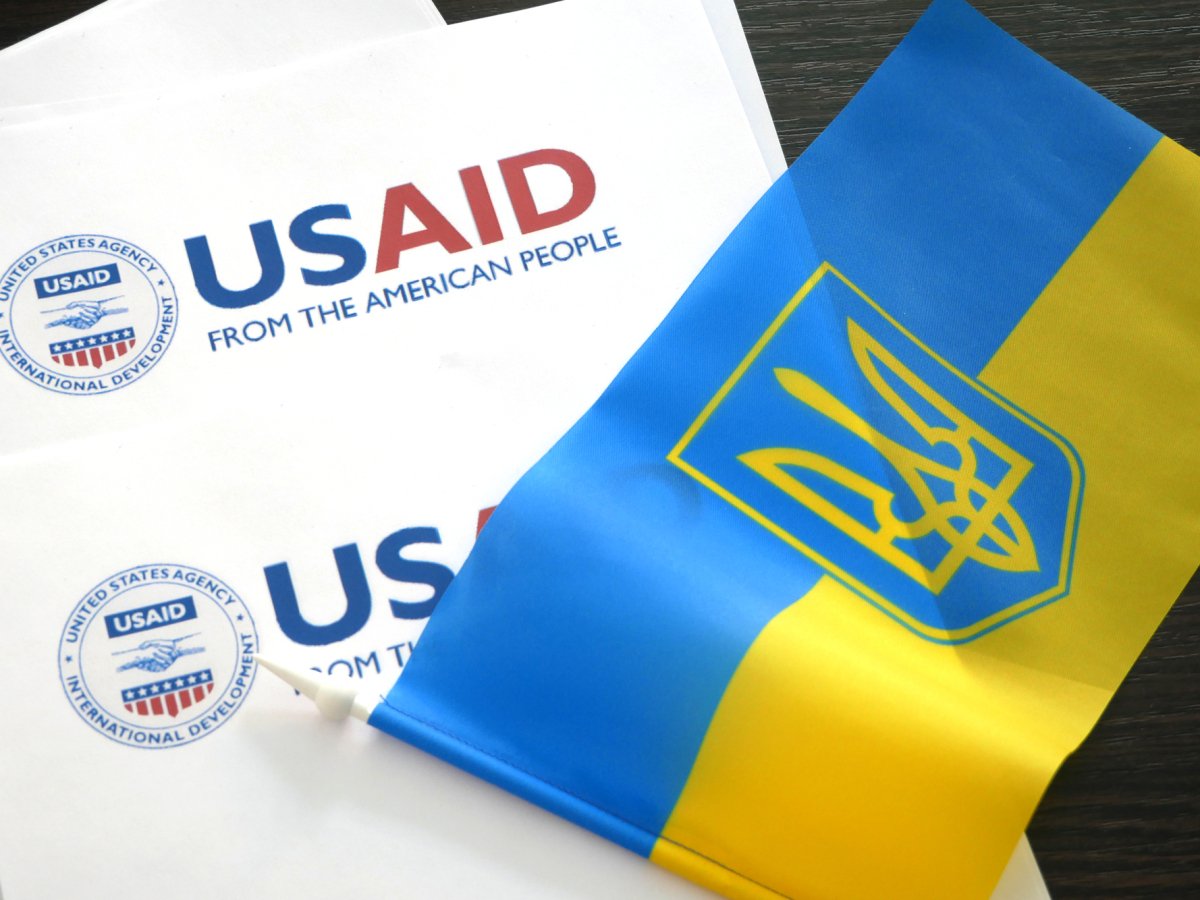International aid is a topic that seems exclusively positive to the average citizen. However, among experts, it sparks a lot of controversy, especially when it comes to agencies like USAID, which claims to have a mission of helping developing countries. Do their actions always align with their slogans? Let’s delve into two vivid examples – Afghanistan and Bolivia, to better understand why there is so much controversy surrounding USAID’s activities.
What is USAID and why is it important to know about it?
USAID (United States Agency for International Development) was established in 1961 at the initiative of President John F. Kennedy. The main idea of the agency was to help third world countries overcome poverty and economic inequality by developing social institutions and ensuring stability. The goal was noble: to improve the lives of millions of people around the world.
However, over time, the agency’s tasks changed. More and more attention was focused on U.S. geopolitical interests rather than helping ordinary people. The agency’s activities began to be perceived as a tool of influence on other countries rather than a means of real assistance.
Afghanistan: Billions wasted?
Afghanistan is one of the most vivid examples that shows that money does not always help solve problems. From 2002 to 2013, the U.S. spent around 100 billion dollars on Afghanistan’s reconstruction through USAID programs and other channels. This is more than has been invested in any other country in the history of U.S. international aid.
These funds were supposed to help rebuild state institutions, strengthen the economy, and create a stable future for Afghanistan. However, the outcome turned out to be quite different. Despite the huge investments, the country remained weak and unstable. State institutions are unable to provide proper governance and security for their citizens, and the economic situation remains dire.

Experts criticize USAID for spending most of these funds on unnecessary or ineffective projects. Afghan journalist Masood Farivar summed up the situation perfectly by saying, “Short answer – not that much.” Many believe that USAID spends significant resources but fails to achieve long-term results.
Why Did Afghanistan Fail to Succeed?
The main problem lies in the fact that money alone cannot create a stable state. Without proper governance, control, and support from local institutions, even the best programs are doomed to fail. Afghanistan could not establish strong state structures capable of independently governing the country. Additionally, the fight against corruption was insufficient, and a significant portion of aid simply “evaporated” without real impact.
The International Crisis Group also notes that the billions of dollars allocated by USAID could not ensure long-term stability or quality provision of basic services to the population. This raises the question: were these funds spent in vain?
Bolivia: Politics Over Aid
If Afghanistan’s situation is somewhat understandable, the case of Bolivia shows another aspect of USAID activities. In the 2000s, the agency’s actions in this South American country sparked massive criticism. Programs aimed at supporting democratic institutions and civil society development were perceived as interference in Bolivia’s internal affairs.
There was particularly sharp reaction from President Evo Morales, who led the left-wing Movement for Socialism (MAS). He accused USAID of supporting opposition political parties and trying to destabilize his government. In 2013, Morales even expelled USAID from the country, accusing the organization of interfering in Bolivia’s political system.
Is there a political agenda?
Actions by USAID in Bolivia and other Latin American countries have been a source of conflicts and tensions. Some researchers, like William Robinson, believe that the U.S. does not promote true democracy through such institutions, but rather polyarchy – a form of “weak democracy” that allows for maintaining control over social processes. This means that forces that do not threaten U.S. interests are supported, rather than those that truly represent the interests of the majority of the population.
In Bolivia, this became particularly evident when USAID funded programs aimed at supporting the opposition. Such interference was seen as a violation of the country’s sovereignty, leading the Bolivian government to decide to end cooperation with the agency.
Conclusions: Help or Influence?
The activities of USAID raise many questions. On one hand, the agency claims to have humanitarian missions and aims to help countries develop. But on the other hand, in many cases, it appears as an instrument of U.S. political influence on other countries. Issues in Afghanistan, Bolivia, and other regions suggest that this assistance often does not bring the expected results.
USAID can be a powerful tool for positive change, but its actions should be transparent and aimed at real assistance, rather than achieving political goals. For countries to truly develop, close cooperation with local institutions and more effective resource utilization are necessary.


